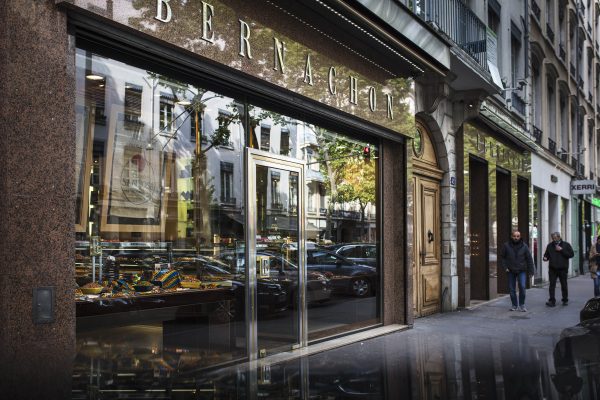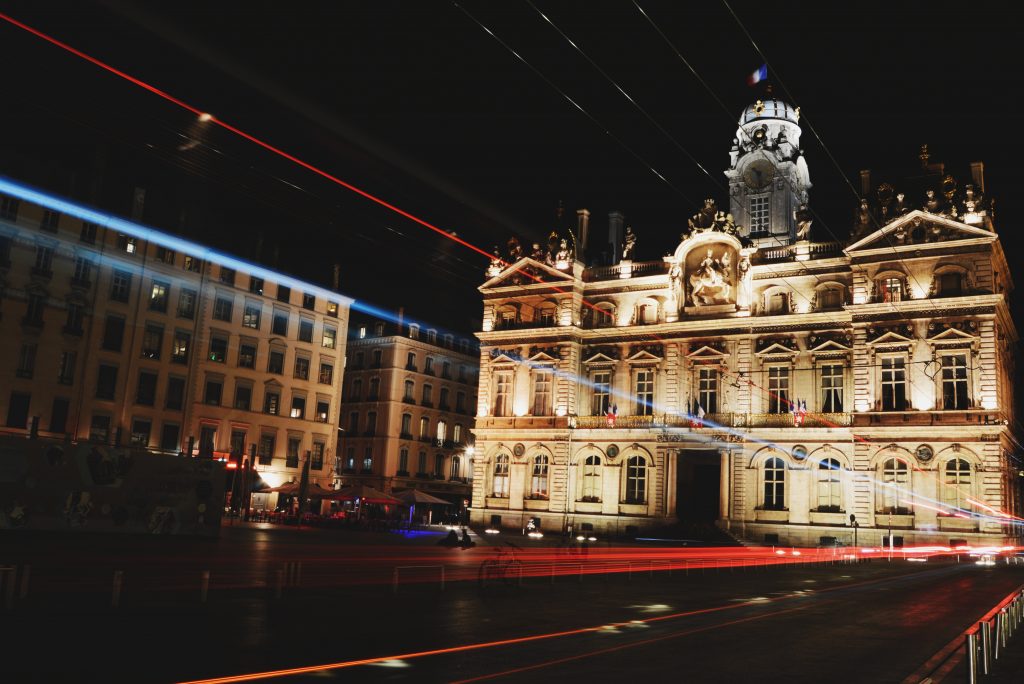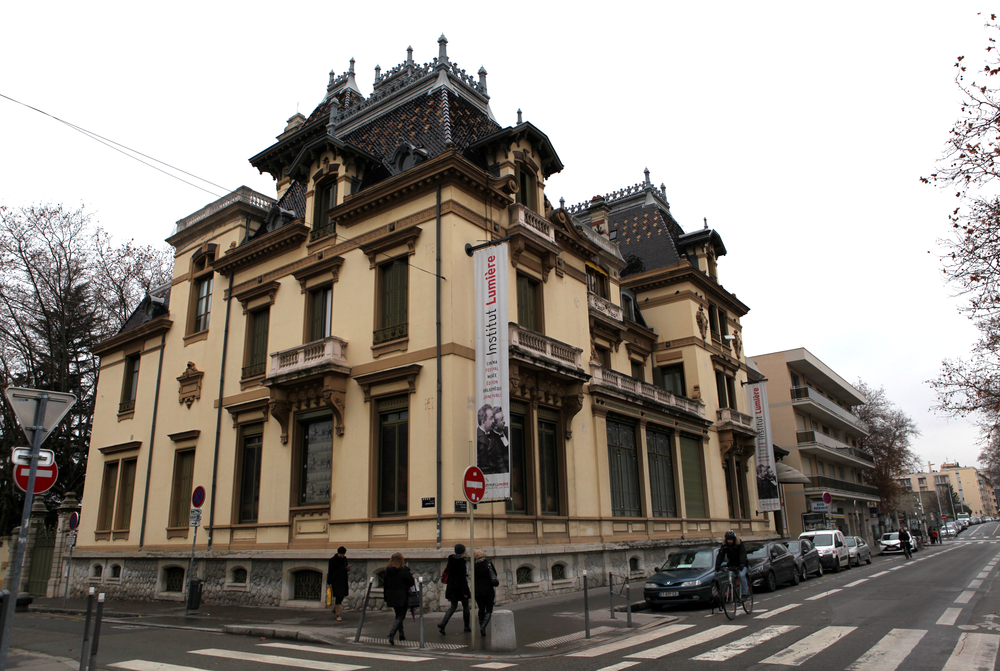Lyon generally does not figure prominently on many travelers’ wish lists: visitors to France tend to stick to Paris, Versailles and the Riviera, and perhaps pop over to a chateau or cathedral or two. That’s a shame, because Lyon is a fantabulous place. It’s smaller and friendlier than Paris, and has a wealth of things to do. Here are five attractions in Lyon that should be at the top of your schedule.
5.) Bernachon

If you are a foodie, Lyon is probably on your radar: to say that the city has a reputation for gastronomic excellence would be a tremendous understatement. I usually don’t list food establishments as must-see attractions, because there are so many different tastes out there that they’re impossible to rate. I make an exception for Bernachon. The chocolate sold at this unbelievable shop is made on-site, and it has quite a following.
There are tales of people who hop on the TGV and spend two hours traveling down from Paris just to shop at Bernachon. Among their specialties are palets d’or: bonbons flecked with gold. Real gold. Yes, you can eat gold in Lyon, and you’ll probably want to, because it’s delicious.
4.) Place des Terreaux

Unsplash
The majestic fountain with bronze sculptures by Frédéric Bartholdi — yes, that is the same artist who sculpted the Status of Liberty — is surely impressive. The wonderful Musée des Beaux-Arts on the plaza, with its sculpture garden and galleries of engaging art, is well worth a visit. If you want to enjoy lunch or a glass of wine at an outdoor cafe, you’ll find those, too. What makes the Place de Terreaux fun, however, are the ubiquitous small square fountains that are level with the ground.
They cover the entire plaza like a grid, and since they’re black marble — and not easily visible — it’s common to see newbies step right into them. Even those who know about the fountains, particularly les petits, will sometimes go right in to play. On a hot day, stepping in the fountains is a relief; in the middle of winter, well, you’d probably rather not.
3.) Institut Lumiere

Bagrin Egor / Shutterstock
Cinema pioneers Auguste and Louis Lumière lived and worked in Lyon. Their combination film projector and camera, the cinématographe, premiered in the mid-1890s. The brothers are also credited with developing a still camera process, the Autochrome Lumière, which produced stunningly vivid color photographs.
Their old residence now houses the Lumière Institute, where visitors can explore the history of cinema, view many of the brothers’ early short films and color photos, see original cinématographes, and attend screenings and festivals.
2.) Musée Gallo Romain (Gallo-Roman Museum)

Lyons
This museum, conveniently located right next to the ruins of a large Roman theater, showcases a vast array of objects excavated from Gallo-Roman sites around Lyon and other parts of Gaul.
The artifacts on display cover all aspects of life in ancient Lungdunum, and include memorial markers, statues of various deities, furniture, coins, mosaics, and even the well preserved death mask of a Roman child. A scale model of the larger of the two theaters at Fourvière —as it would have looked when it was used by the Romans — sits near a window overlooking the ruins.
1.) Ancient Theatre of Fourvière

Wikipedia
In ancient times, Lyon was known as Lugdunum, and was the capital of Gaul. Significant Gallo-Roman ruins are scattered throughout both central Lyon and the outskirts. The most impressive, and accessible, of the ancient sites is a collection of buildings nestled up on the hill in Fourvière.
The complex includes two theaters — a small odeon with an intact marble floor, and a much larger one — which are still used for performances, as well as remnants of a Roman road, temples, drainage pipes and shops that still have paint on the walls. Some of the structures, such as an ornate staircase, are off limits, but you’re allowed to freely explore the vast majority of the ruins and the park surrounding them. In the spring, you might see poppies blooming amidst the ancient stones.